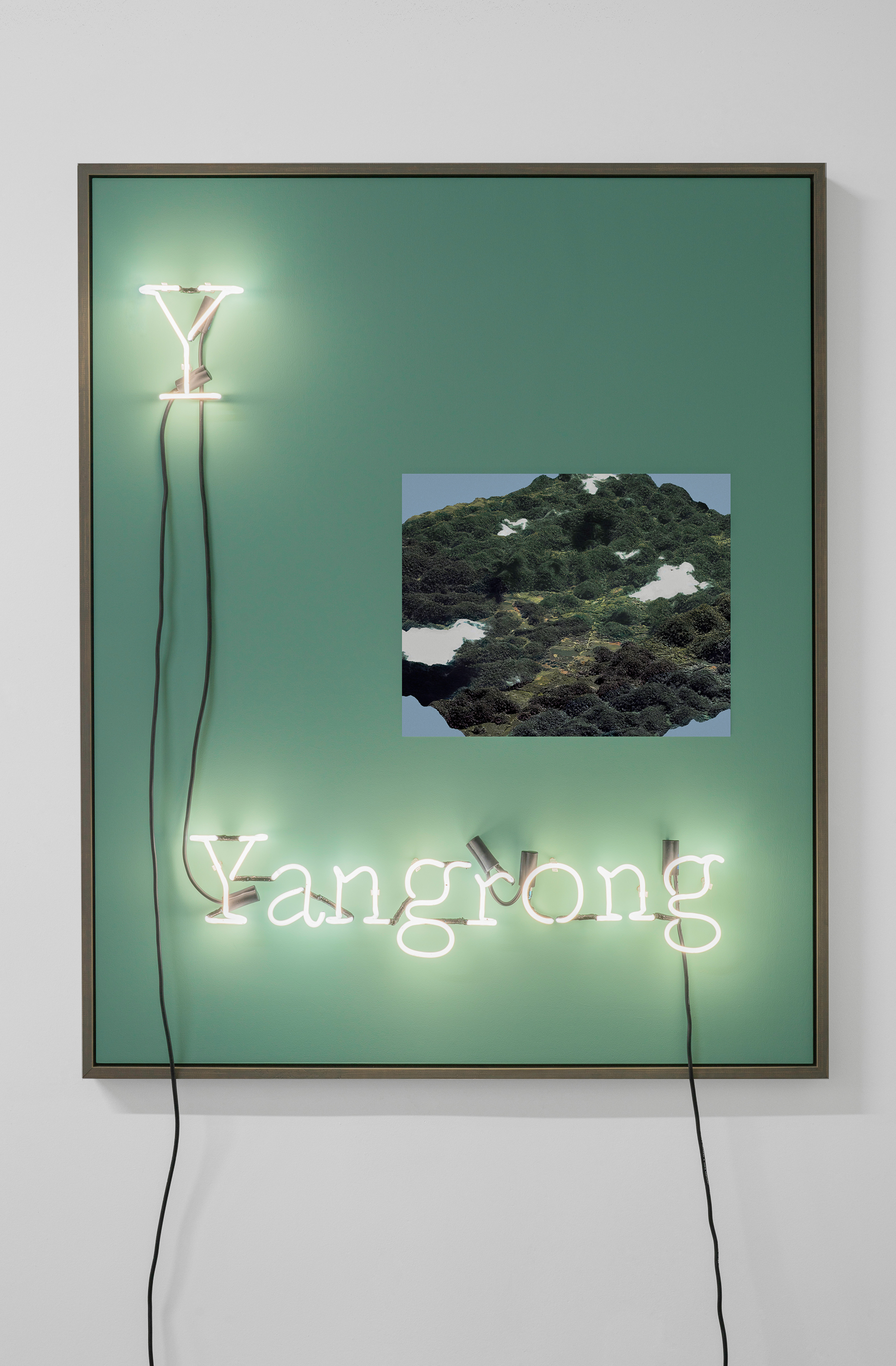Jamilah Sabur at the Momenta Biennale De L’Image in Montreal

Jamilah Sabur (born in Saint Andrew Parish, Jamaica; lives in Miami, United States) draws on geology, geography, memory, and language in her exploration of the temporary nature of the world, attending to bodies (geological, human, oceanic, and others) as points of contact between past, present, and future. Her works, which combine performance, photography, installation, and video, are imbued with colonial history, migration issues, and human relationships with the environment. With roots in the idea of being, Sabur’s work probes what has disappeared from our sight in order to unearth buried stories.
In the immersive video installation Un chemin escarpé / A steep path, Sabur transports us deep into the Caribbean, overflying a cricket pitch in the Blue Mountains of Jamaica and plumbing the depths of the Atlantic Ocean. In a dispersed arrangement on the floor and walls of the gallery space, five screens play out a sprawling narrative that reflects a panoply of human experiences. The videos, presented at different heights, invite viewers to experience the installation physically, as if their bodies were on undulating ground. The title refers to the geologic term “escarpment” and the idea of a precipitous, eroded slope, heralding a difficult journey. Here, Sabur embodies the role of explorer, which she then subverts to defuse the violence often associated with this colonial figure. We see her, among other things, carrying a rhombus-shaped object; this shape is inspired by the latticework above the entrance to her mother’s childhood home in Jamaica. Embedded in her memories, the rhombus becomes an extension of her body, a symbolic gateway with the world. In the videos, Sabur performs sequences of movements, one of which evokes a mysterious sound that rises from the Caribbean Sea every 120 days—the Rossby whistle, a natural phenomenon caused by the oscillations of the water level and pressure exerted on the sea floor, measurable only from space. Zigzagging between fiction and archive, dream and material worlds, Un chemin escarpé / A steep path reveals an introspective choreography that reframes, from within, these aural, geological, and memory-related landscapes.
In the series Mnemonic Alphabet, Sabur presents a minimalist visual abecedarian combining coloured-neon letters with images drawn from nature or human activity, displayed side by side on monochrome panels. Enigmatically illuminating each work, the neon words “karst,” “yangrong,” and “metéoron” are respectively associated with the image of a plaster sculpture with a rhomboid motif; the view of a karstic forest in Cockpit Country, in central Jamaica; and the photograph of an old device used to collect micrometeorites. Karst is a topographic formation resulting from the dissolution of sedimentary rocks such as limestone, dolomite, and gypsum. The Mandarin term yangrong (which translates to “dissolved rocks”) is used to describe karstic landscapes in China. The ancient Greek word metéōron means “high in the air.” The photographs therefore correspond only vaguely to the meaning of the statements made by the neon signs, creating poetic shifts and semiotic dissonances. One letter at a time, Sabur explores the limits of language by pointing out the incapacity of words and images to entirely contain what they aim to define. Like strata accumulated in a rocky protuberance, they hold a memory and a temporality, opening a door to changing and multiple interpretations. Mnemonic Alphabet offers a new planetary language that articulates alternative geographies.
Click here to view Jamilah Sabur’s profile in Momenta Biennale’s website